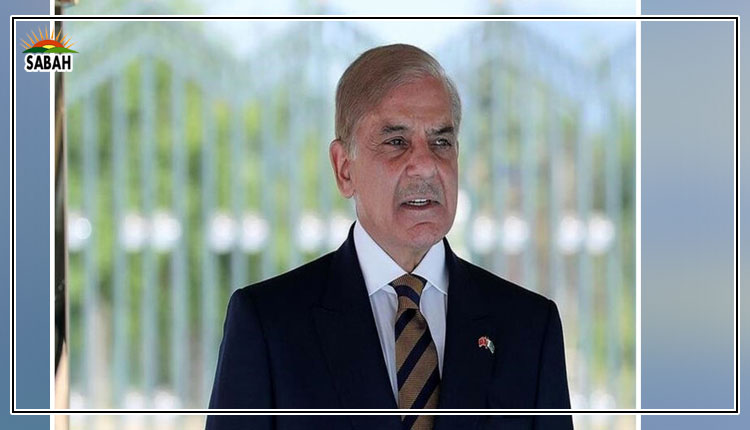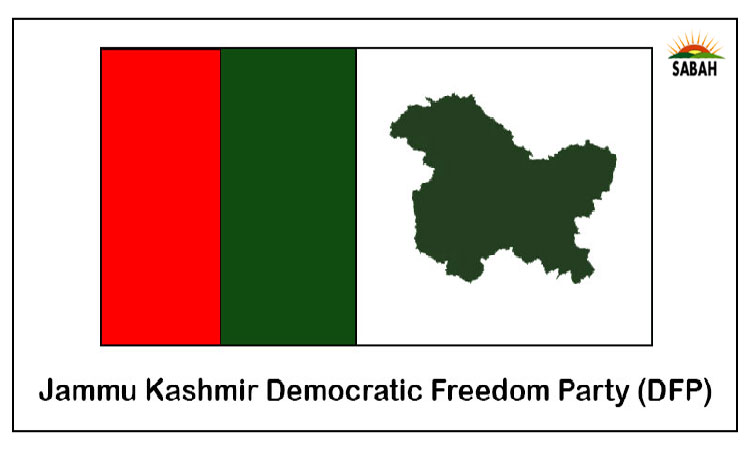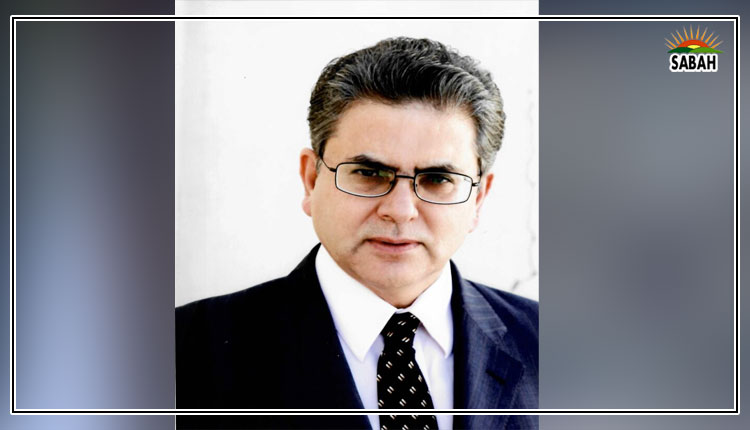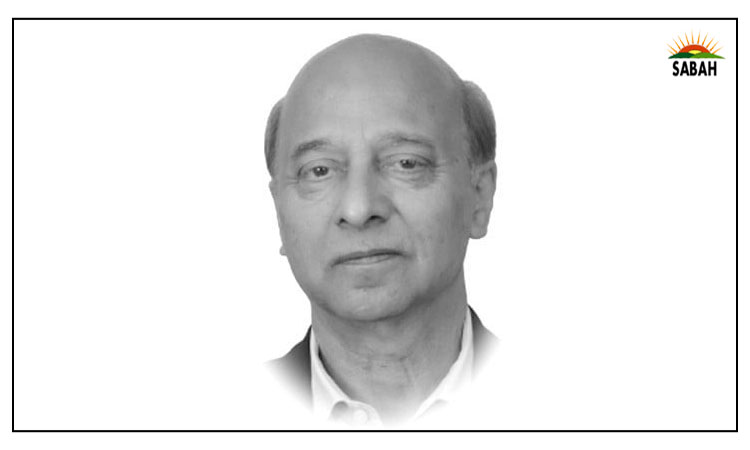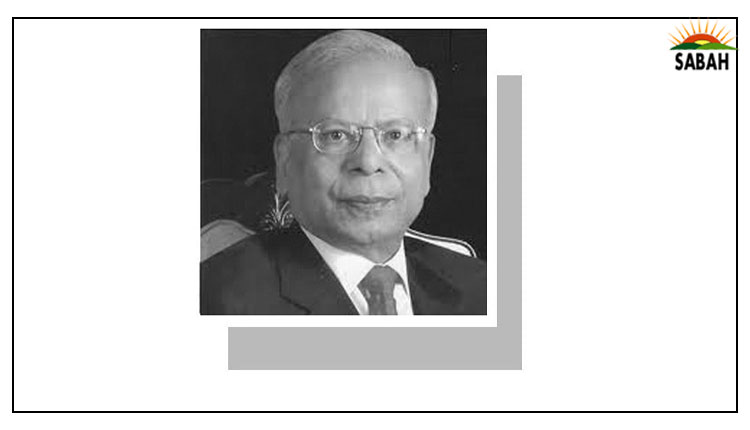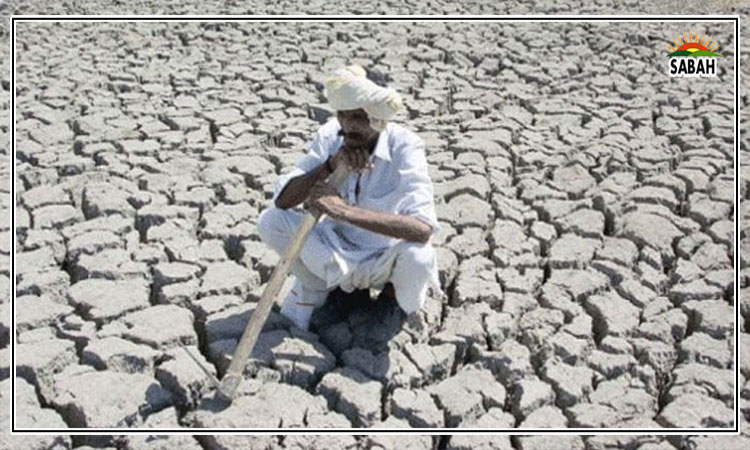Home-grown economic plans ۔۔۔۔ Ishrat Husain
THE government recently formed a committee of eminent international and Pakistani economists to draft a home-grown economic programme. This article shows that there is little need for such a committee. There is no dearth of reports, recommendations, cabinet decisions and plans prepared by the government itself as well as international development partners, private sector organisations, academic institutions, think tanks and professional bodies which cover all aspects of a home-grown programme.
Numerous books, articles, op-ed pieces, webinars, seminars and conferences have also provided many proposals. This piece confines itself to the last six years. During this period, the management of the economy was in the hands of the PML-N, PTI, PDM, the caretaker set-up, and again PML-N.
The Nawaz Sharif government published Vision 2025, which was updated to Vision 2030, with five Es — eradicating extreme poverty, education, energy, environment and exports. The Planning Commission under the PTI produced its own development strategy. Five-year plans and annual plans were prepared regularly. None of these vision statements or strategy papers received enthusiastic support from either the finance ministry or sectoral ministries or the provincial governments.
The finance ministry presented the medium-term budget strategy papers to parliament. The State Bank came up with the National Financial Inclusion Strategy, a digitalisation strategy, and financial sector strategic plans. The SECP revised the Companies Act and introduced the Code of Corporate Governance. Despite political differences, all these documents correctly identified the problems, outlined the priorities and proposed actions. Ministries have produced policies on strategic trade, logistics, aviation, digitisation, electricity, etc. Have the outcomes of these policies been evaluated?
Economic advisory councils, task forces, working groups, government committees, the private sector, leading economists and other experts have generated over 50 detailed analyses and proposed short-, medium-, and long-term actions on governance, fiscal, taxation, trade, the financial sector, energy, CPEC, agriculture, etc. The SOE triage report resulted in the SOE policy and Act but the government is still struggling to categorise SOEs for privatisation, retention or restructuring. There have been very few transactions for privatising loss-making SOEs. Had the government implemented the PIA restructuring report submitted to the cabinet in 2021, additional liabilities of Rs300 billion could have been avoided.
Many detailed proposals have been generated but implementation is awaited.
On the subject of governance, the civil service, the restructuring of federal ministries, autonomous bodies and attached departments, the induction of technical expertise, pensions, and austerity, task forces and cabinet sub-committees have, after stakeholder consultation, submitted comprehensive reports that received cabinet approval but have yet to see the light of day. Subsequently, a committee under Nasir Khosa and a recent one under Jehanzeb Khan (both ex-bureaucrats) also made similar suggestions. It’s a pity their reports were referred to other ministerial committees.
Performance agreements between the PM and each minister, with key indicators on priority action, were signed in 2022 after intensive dialogue, specifying cross-ministerial co- responsibilities. Promotions were to be made on performance rather than seniority; annual increments were linked to key performance indicators. Technical experts were to be inducted into several ministries. Proper implementation of these measures would have led to clear accountability. Attempts to enact laws empowering local governments (LG) to deliver public services and transferring resources and taxation powers have met with little success. A merit-based, open competitive policy to recruit MDs/CEOs of public sector entities was successfully practised for three years and several Pakistani expats showed interest. It is not clear if this policy was followed by successive governments.
It is my guess that the IMF, World Bank, ADB, DFID (now FCDO), USAID, EU, UNDP, etc, must have collectively invested hundreds of millions of dollars in preparing excellent reports on macro, meso and micro issues, and providing consultancy services to ministries and foreign training to government officials. The World Bank’s policy papers were discussed at conferences on human capital, fiscal policy and public expenditure. Issues such as child stunting, illiteracy and poverty have found resonance in public debates. Yet, action is pending. Foreign trainings and visits have not proved useful as, once back, the officials are not posted in the ministries/agencies for which they were trained.
Among the think tanks, the noteworthy contribution is that of the PIDE, which has come up with an Islah package. One may disagree with some of their findings but their reports are a rich repository of alternative and divergent views on economic transformation, and should be utilised for policy formulation and discussion. Other local organisations which have done serious research and analyses are the CDPR, CREB, IDEAS, SDPI, Lums, BNU, Nust, LSE, BIPP, SDPC, IBA and AERC.
In the private sector, the Pakistan Business Council has produced a series of relevant reports on trade, taxation, tariffs, and the ease of doing business. The OICCI has developed a confidence index based on the survey of foreign companies, the FPCCI has formed a think tank, and APTMA regularly articulates its problems and proposals. The KCCI, ICCI, LCCI are also active in pointing out the constraints of private business. Professional bodies such as ICAP, ICMA, ACCA, and many others are in regular dialogue on topics of national interest.
The purpose of this analysis is to back the assertion of the finance minister that ‘we know our problems, we know what we need to do. The key is implementation’.
I have argued elsewhere that implementing these reforms would be painful the first three years but by year five, the government can show stabilisation and growth revival. I disagree with those who hypothesize that these reforms would hurt the poor. Instead, by bringing 60 per cent of the economy into the tax net and reducing the sales tax rate, privatising loss-making SOEs, targeting energy subsidies on the poor, expanding BISP’s scope, restructuring the size of government, devolving powers and diverting development fund allocations from the legislators to directly elected LGs would cause more pain to the elite (including me) than the common man.
The writer is the author of the Report on Institutional Reforms, 2021, approved by the federal cabinet.
Courtesy Dawn, June 8th, 2024


